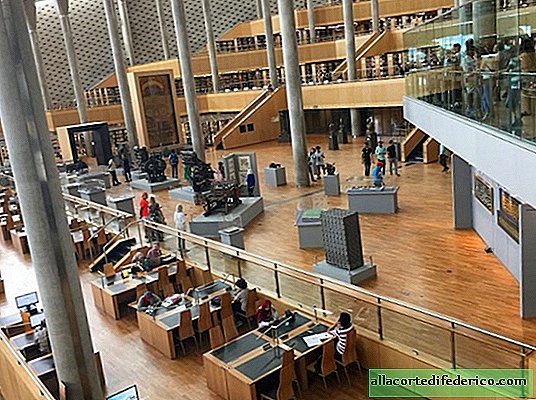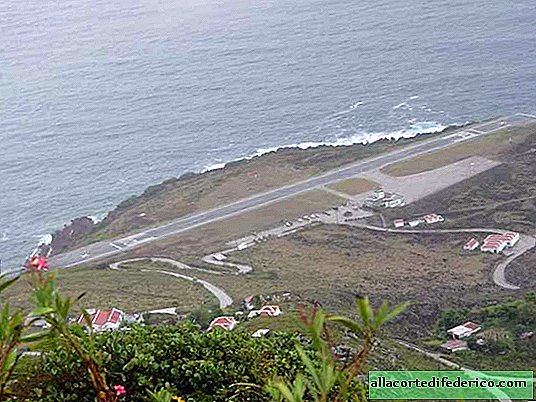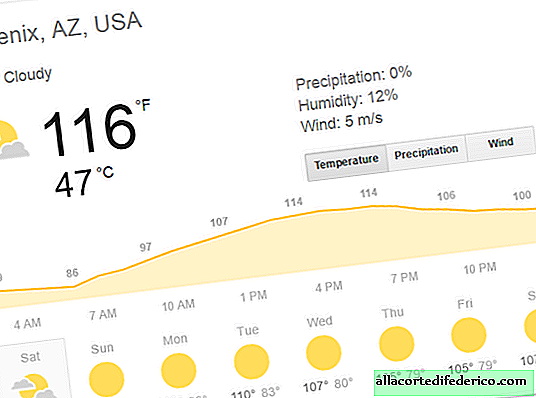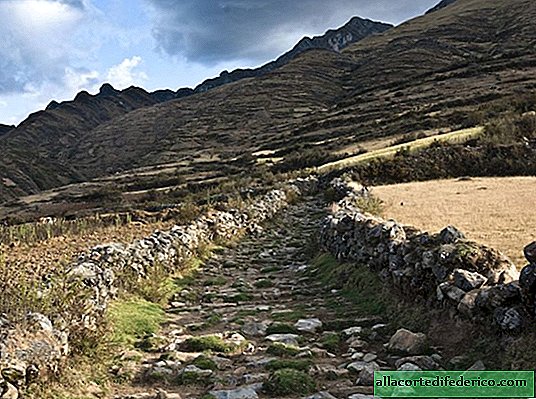The New Alexandria Library in Egypt is a Great Wonder of the World
The Great Library of Alexandria (مكتبة الإسكندرية الجديدة). Yes, it’s the Great that I emphasize separately. 500,000 books in the public domain, another 7.5 million in special storage facilities. Books in Arabic, French and English. The Alexandrina Library is ranked 6th among the francophone libraries of the world; it is the largest in the Arab world and Africa with francophone literature.
In Russia, the closest analogues are the library at European St. Petersburg University and the Boris Yeltsin Library in the former Senate and Synod building opposite the Bronze Horseman and St. Isaac's Cathedral.

For the first time in my life, I saw the Alexandria library with fellow students during an internship in the Arabic language at Helwan University in the southern suburbs of Cairo in 2007. Then we were not lucky to see the interior, we just walked around and took a picture near the artificial pool (there were a weekend). After 11 years, it was possible to fully get acquainted with this place. An entrance ticket for the summer of 2018 costs 3 pounds (10.5 rubles) for all guests, students, both local and foreign. At the entrance to the library are three security zones. First, just show the bag to the guard. On the second and third, all backpack bags will be viewed on X-ray, they will search you, as at the airport, then present your ticket and look at the books. Due to summer time, the library closes at 16.00, in normal time - at 20.00. To use free Wi-Fi, you must have a local Egyptian SIM card, which you will go through registration (FI, nationality, phone number and mail).

The idea of building a library on the site of the ancient Alexandria library arose in the early 1970s and belonged to a group of professors at the University of Alexandria. By the mid-1980s, they were able to convince Egyptian President Hosni Mubarak and UNESCO of the need for construction.
The land was purchased, and in 1988 the then president of UNESCO laid the cornerstone of the new library. In the architectural competition for the library project, the Norwegian architectural bureau Snøhetta and the Austrian architect Christoph Kapelle won. A consortium was created for construction led by Snøhetta, English and Italian construction companies.
The issue of financing the library was resolved at a conference in Aswan: the governments of Iraq, Saudi Arabia and the United Arab Emirates provided $ 65 million, $ 27 million were donated by another 26 countries, the Egyptian government allocated 120 million, and UNESCO also took part in the financing.
In 1992, preliminary work began on the construction of the library, in 1995 - directly the work that was completed in 2001. The library was inaugurated on October 16, 2002 in the presence of many foreign leaders. In 2010, the National Library of France donated 500 thousand books, raising the Alexandria Library to 6th place among francophone libraries and making it the largest in the Arab world and Africa with so many books in French.

The library is designed to store 8 million books, the main reading room has an area of 70,000 m² at 11 cascading levels. The complex also includes a conference center, specialized libraries for the blind, adolescents and children, three museums (museums of antiquities, manuscripts and Sadat), four art galleries, a planetarium, and a manuscript restoration laboratory.
The complex is characterized by a very expressive architecture. The concept of the library building is based on the symbolism of the south. The building is like a solar disk, raised to the south and tilted to the north. The glass surfaces of the north-sloping roof pass north light into the library.

Entrance to the library.


The main reading room is located under a 32-meter-high glazed roof, overturned to the sea like a sundial and measuring 160 m in diameter. The walls are faced with Aswan granite, with graphemes from 120 different human writing systems carved on it.
Bookstores are located underground, measures have been taken to protect books from the harmful effects of sea salt contained in the air. From the wind from the sea the building is closed by an auxiliary wall.

The collection of works in the Alexandrina Library was donated from around the world. The transmitted Spanish documents date back to the reign of the Moors. France handed over documents related to the construction of the Suez Canal. The library contains Internet Archive server mirrors.
The Internet Archive is a non-profit organization that collects copies of web pages, graphic materials, video and audio recordings, software for long-term archiving of collected material and free access to its databases for the general public. The declared goal of the Archive is to preserve the cultural and historical values of civilization in the era of Internet technologies, the creation and support of an electronic library. As of October 2016, the size of the Archive is 15 petabytes and 502 billion copies of web pages. The Archive's main server is located in San Francisco, and mirrors are located in the New Alexandria Library in Egypt and Amsterdam.

General view of the library.

Here, for example, is a book scanner of an archive in a library.


























